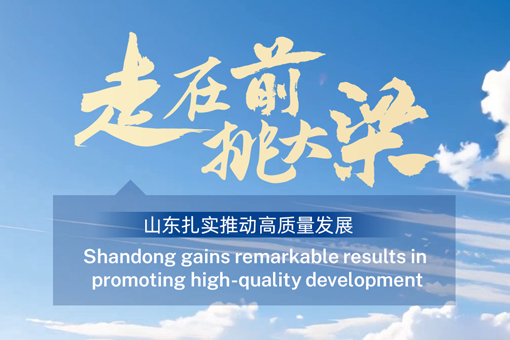Grand Canal culture as backbone of Jining's waterway legacy
(chinadaily.com.cn)| Updated : 2025-05-16
Print Print
Jining section of the Beijing-Hangzhou Grand Canal in Shandong province. [Photo/ VCG]
Jining in East China's Shandong province is renowned as the birthplace of Confucian culture while it also has long been a vital point on the Beijing-Hangzhou Grand Canal.
The South-North waterway, stretching over 3,000 kilometers, is a marvel of ancient engineering. In Wenshang county, the Nanwang hub of the Grand Canal, known as the "Backbone of the Canal", has stood for over 600 years. This ingenious water management system, designed by ancient hydraulic experts like Song Li and Bai Ying of the Ming Dynasty (1368–1644), solved the age-old problem of "water flowing uphill" through a series of gates and reservoirs.
The Nanwang hub was crucial for the canal's functionality. It regulated water flow with a precise 70:30 ratio, sending more water northward to support Beijing, the ancient capital at that time. The hub's key features include the Daicun Dam, which diverted water from the Dawen River, and a series of lakes acting as natural reservoirs. These innovations ensured the canal's continuous operation for centuries.

Nanwang Complex of the Grand Canal Museum. [WeChat account: sdswltwx]
As of now, although the canal's role in grain transport has diminished, its historical significance remains. Jining is leveraging this legacy, developing modern port logistics and cultural tourism. The city is also building on the "backbone" spirit while embracing new technologies and industries. As part of the Grand Canal cultural belt, Jining is revitalizing its waterways, blending ancient wisdom with modern development to create a new chapter in its history.

 Xi's Moments
Xi's Moments  Shandong excels in advancing high-quality growth
Shandong excels in advancing high-quality growth  Shaping world-class port services provider for future
Shaping world-class port services provider for future